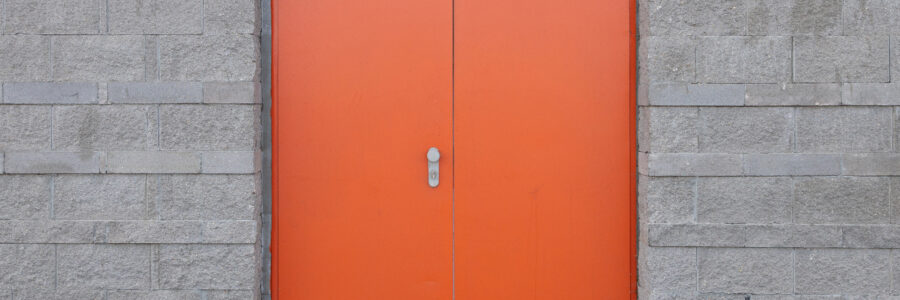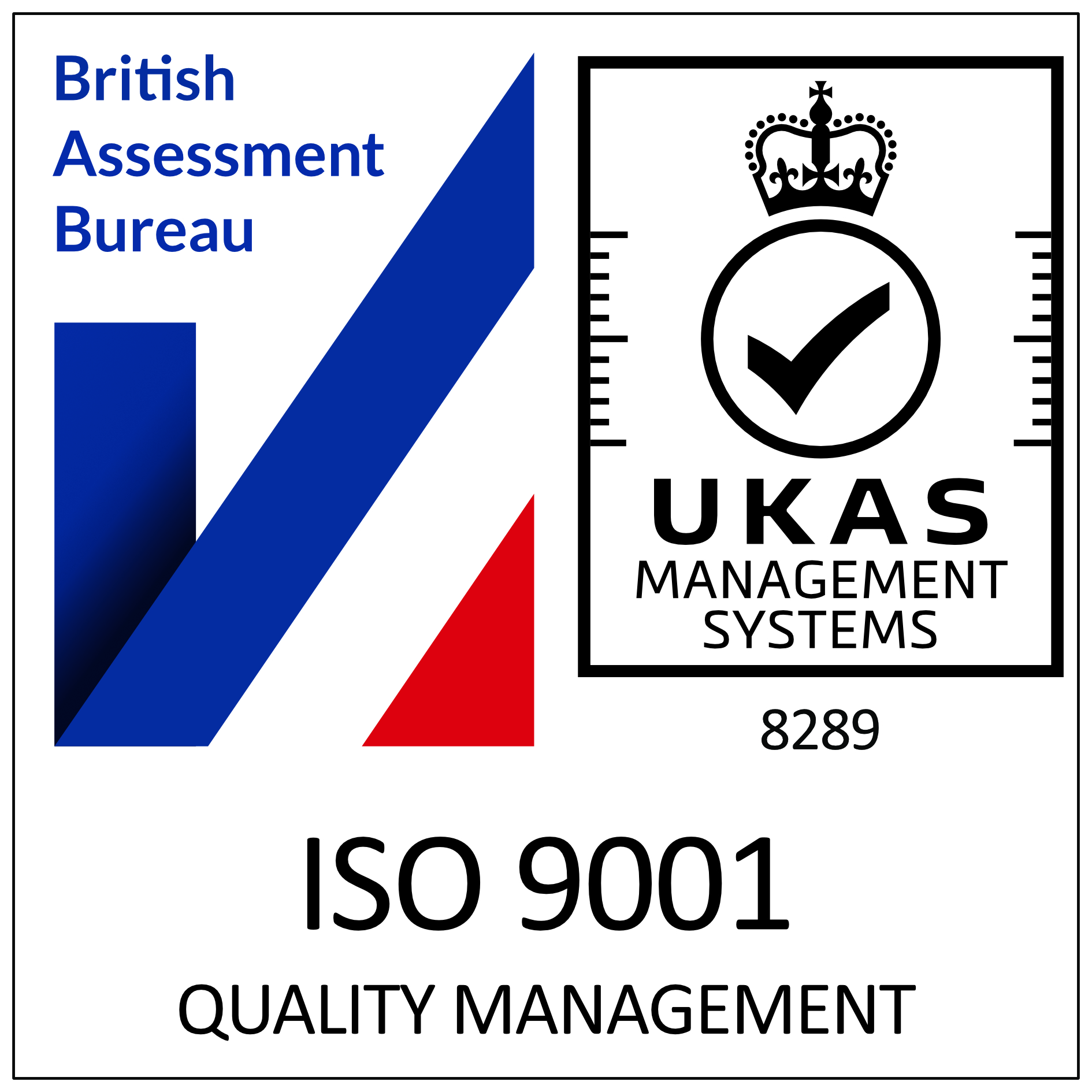A Guide To Fd120 Fire Doors
Any building in which people live or work needs effective fire protection and fire doors are an integral part of any building’s passive fire protection. Fire doors are designed and manufactured to different fire protection standards and timeframes – these fire-rated doors are vital in helping save lives and property. Here are some aspects of Fd120 fire doors for you to consider:
Door Construction
Fire doors are constructed with a combination of different materials. They are thicker than standard doors and usually have a solid core of wood or steel – if wood is used as a core material, it will be a high-performance timber combined with a non-combustible mineral fibre insulation enclosed in top-quality hardwood rails and stiles and typically finished with MDF – the frames for a Fd120 fire door would be constructed of a composite material. All fire doors are designed, constructed, and tested to specific levels to allow official certification from an approved fire testing centre.
How Fd120 Fire Doors Work
The primary function of a fire door is to provide protection from all the harmful elements of a fire outbreak for any residents and occupants of a building, with a secondary function of minimising the fire damage to the fabric of the building itself.
Fire doors achieve this by containing the fire in the room of origin and preventing the flames, heat and smoke from spreading into any adjoining rooms or space.
Fire doors are designed and manufactured to provide this protection for different minimum specified periods of time – Fd120 fire doors will contain all those dangerous fire elements for a minimum of one hundred and twenty minutes. The method in which fire doors provide this protection is known as compartmentalisation.
The fire door will ‘compartmentalise’ the area in which the fire outbreak occurs – a ‘fire compartment’ can be a single room, or a collection of rooms or space – Fd120 fire doors will be able to contain the fire outbreak within that initial area for a minimum of 120 minutes.
Whilst containing the fire in one area, the fire doors protect the escape routes out of the building, thus creating time and opportunity for any occupants to safely evacuate the building and for the emergency services to attend and deal with the fire.
Intumescent Seals
The weakest point of any fire door is the exposed gap between the door and the frame – an Fd120 fire door will be manufactured, or fitted, with intumescent seals – a vitally important element of any fire door protection! Intumescent seals are manufactured with materials that are particularly poor conductors of heat, thereby swelling immediately they are exposed to excess temperatures. These ‘swollen’ seals quickly plug the gap between the door frame and the fire door itself, therefore preventing the spread of flames and potentially toxic smoke to any adjoining areas. Intumescent seals are often also fitted with a brush or ‘flipper’ which provides extra protection from the spread of smoke.
Testing
With the important safety role that fire doors provide, it is essential that they are tested to the highest standard. Fd120, indeed all, fire doors are subjected to rigorous testing before they can be installed – using an independent third-party test centre, fire doors are subjected to a variety of conditions.
All elements of the door set must prove fire-resistant, including, not just the door core itself, but also any door furniture such as handles, hinges, self-closing mechanisms and such – the same tolerance must also be proven in any glazing panels where included. All Fd120 fire doors must show physical proof of their testing by displaying the relevant compliance tags and identification which contain further information about the actual fire rating of the door set and duly confirms the 120 minutes fire-resistance level it provides.
These compliance tags also indicate that the purpose made fire door has been tested and installed to the correct standards. In addition to the 120 minutes fire resistance level, the compliance tag contains information on the date of manufacture, the item serial number, and the name of the independent certifier owner.
Acoustic Protection
The thicker, more absorbent, materials used in the manufacture of Fd120 fire doors also provide another benefit – they can provide significant insulation for both temperature and sound – Fd120 fire doors can offer very effective sound insulation which may be useful in certain environments.
The Legal Requirement
There are many regulations surrounding minimum legal requirements for fire doors installed in buildings. All business, commercial properties and public buildings must have relevant fire doors installed as a legal requirement.
Any residential apartments, flats and houses of multiple occupation are also subject to these mandatory requirements specified in the new Building Safety Act 2023. It is in many of these environments where you may need Fd120 fire doors installed. You should always be aware of the full legal requirements and ensure that you remain current with any new regulations or updates.
Fire Doors Ratings
Fire doors are manufactured in different levels of fire resistance – and certain environments will demand specific levels of protection. All public and commercial buildings are required to have fire doors installed along with all residential buildings that house multiple occupants – the most-commonly installed fire doors are Fd30 and Fd60. There are some environments though, that may require a longer period to ensure safe evacuation and it is these buildings that the longer-protection ratings of Fd90 and Fd120 fire doors should be installed.
Installation
An important consideration for the effective use of fire doors is the installation – a fire door will fail to provide the protection its rating specifies if it is incorrectly installed – and that endangers people’s welfare and safety! Regardless of the quality of the fire door, if it is installed incorrectly, then it will not perform its safety functions in the event of a fire outbreak.
Fd120 fire doors will resist all fire elements for up to one hundred and twenty minutes – but only if it has been correctly and professionally installed. Always ensure that a relevantly qualified person has installed your fire doors – and ensure that regular fire door inspections are performed to ensure ongoing fire protection.
Before ordering fire doors for your building, it is always worth speaking to an established and respected bespoke door manufacturer for advice and guidance.









